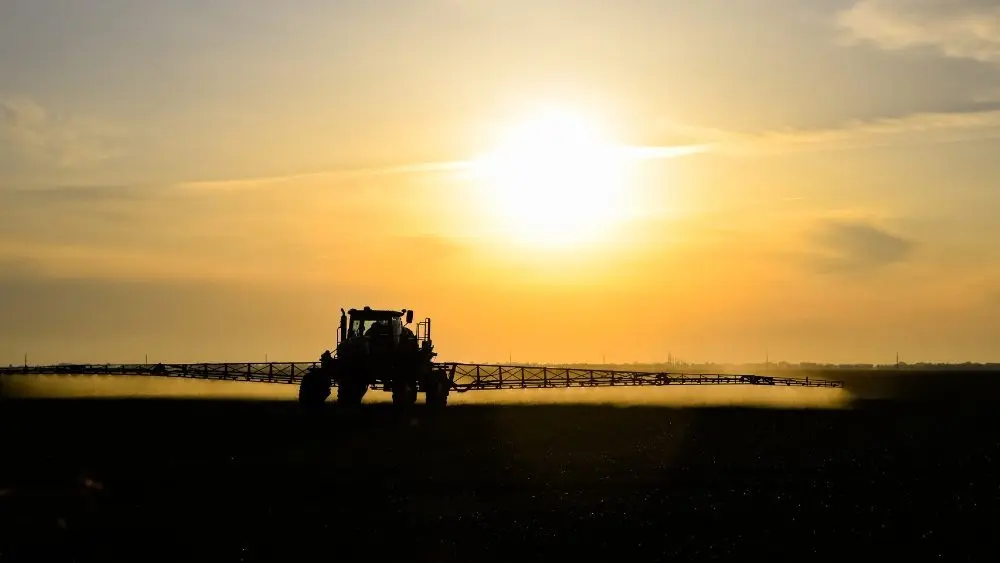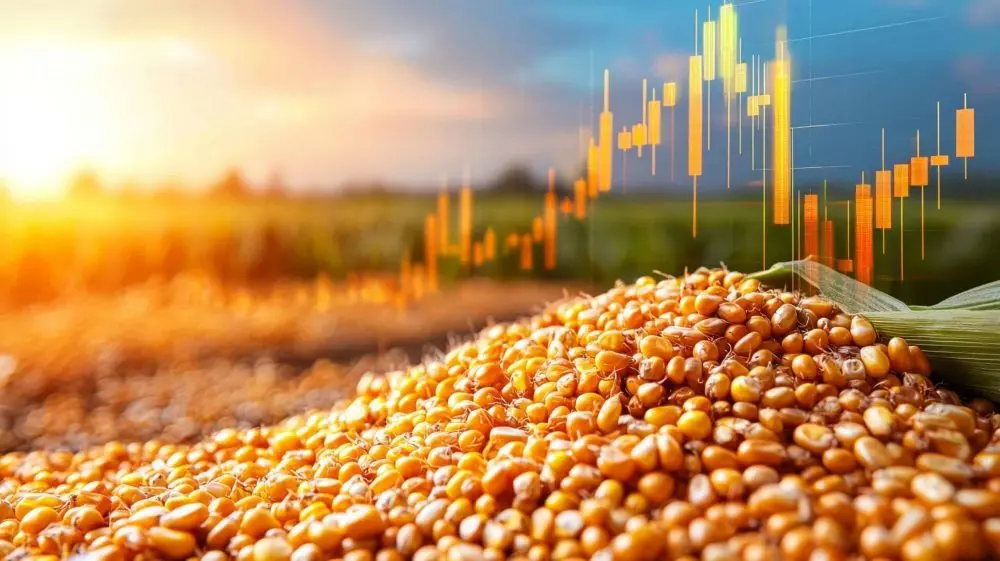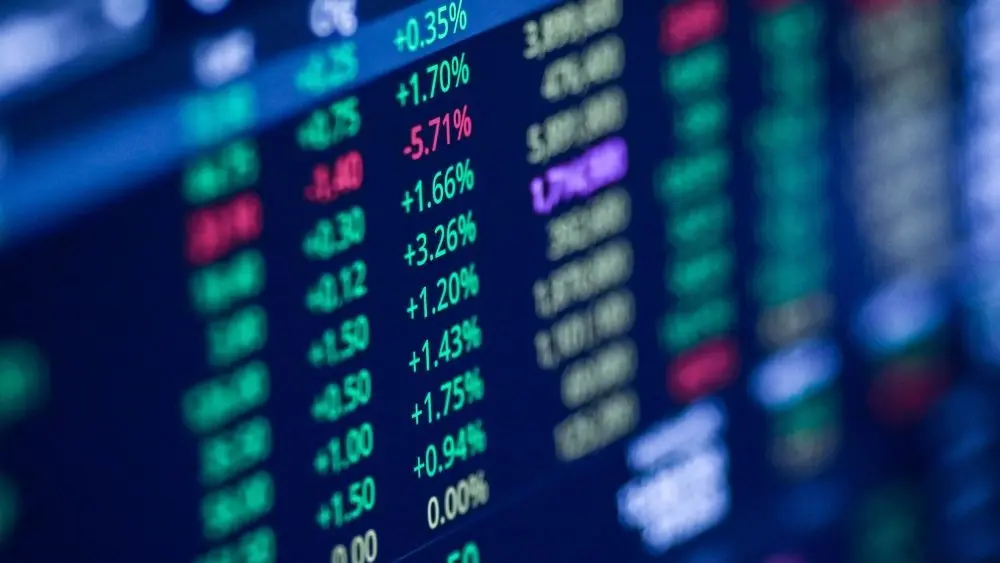
(KANSAS CITY, MO) — As global tensions are seemingly on the rise after Russian drones were shot down over NATO member Poland this week, some in agriculture wonder if this could lead to any impacts on the global fertilizer markets.
“The reason this matters for us is Russia is our top source of both urea and UAN,” according to Mike Castle, Senior Fertilizer Analyst at StoneX. “So domestic nitrogen prices are, you know, directly impacted by our trade with Russia. And as of right now, we have 0% tariffs in place on them. They’re by far our cheapest origin.”
Castle added that while there are no tariffs on Russian fertilizer imports into the U.S. right now, the European Union has had tariffs in place on Russian fertilizer since July 1st. To fill that void, they have been buying UAN and more from the U.S. instead of Russia.
“We saw the impact of that in July, you know, with a lot of US UAN blowing that direction now, instead of buying from Russia, they’re having to go elsewhere,” according to Castle. “And a lot of that is shifting to us, which means less domestic available supply, right? Because we’re exporting more. And we only have the hard data for July so far, but it sounds like August and so far here early this month, we’ve seen a lot more UAN getting exported.”
The StoneX analyst did note that as tensions rise overseas, we have seen this before with little to no impact. “We’ve seen a lot of these threats before and they haven’t really led to anything or continuing to see Russian products flow this direction, even though you wouldn’t expect that. But if we were to see something actually take place to cut that flow off, that would feel a lot more bullish on the nitrogen side of things.”
The recent India tender is also a talking point in the global market with China exporting more urea directly to India, amid trade tensions with the U.S. currently. “We’re kind of starting to see China and India warm up to one another a bit more,” says Castle. “And that has been, you know, quite bearish for the global urea market because that’s allowing China to sell urea directly to India, which, you know, obviously on its surface, that sounds like it’s got nothing to do with us, right? But every ton of urea that China is selling to India is a ton that they don’t have to buy from the Middle East or from Russia, North Africa, wherever else, which is who we get our imports from. So basically China participating in this tender frees up a bunch of other tons that can flow this direction or elsewhere in the global market, and that’s put a lot of downside pressure on prices.”
Hear the full conversation with Mike Castle of StoneX from the Wednesday, September 10th episode of Market Talk below:



